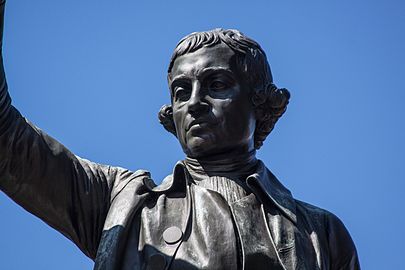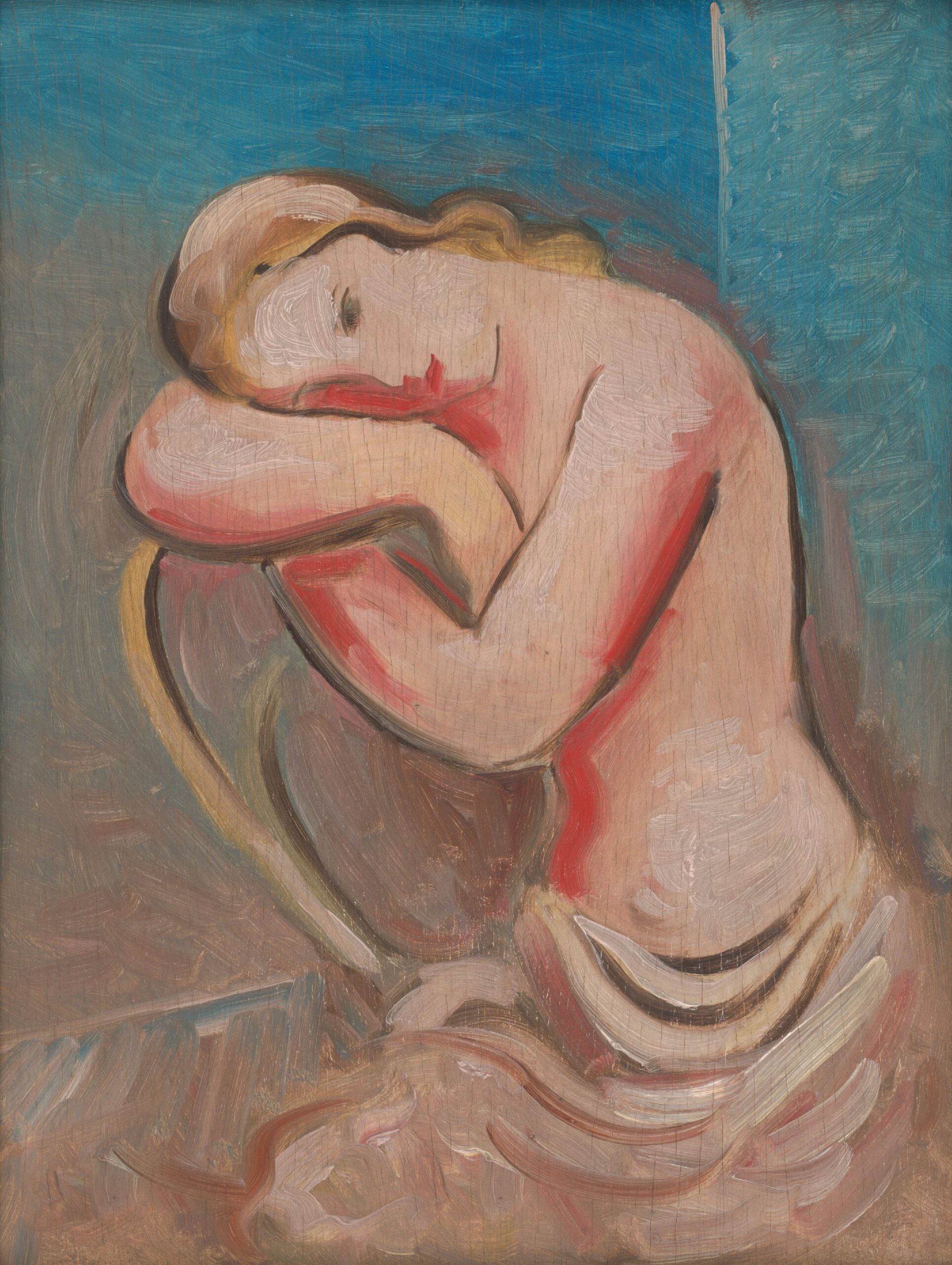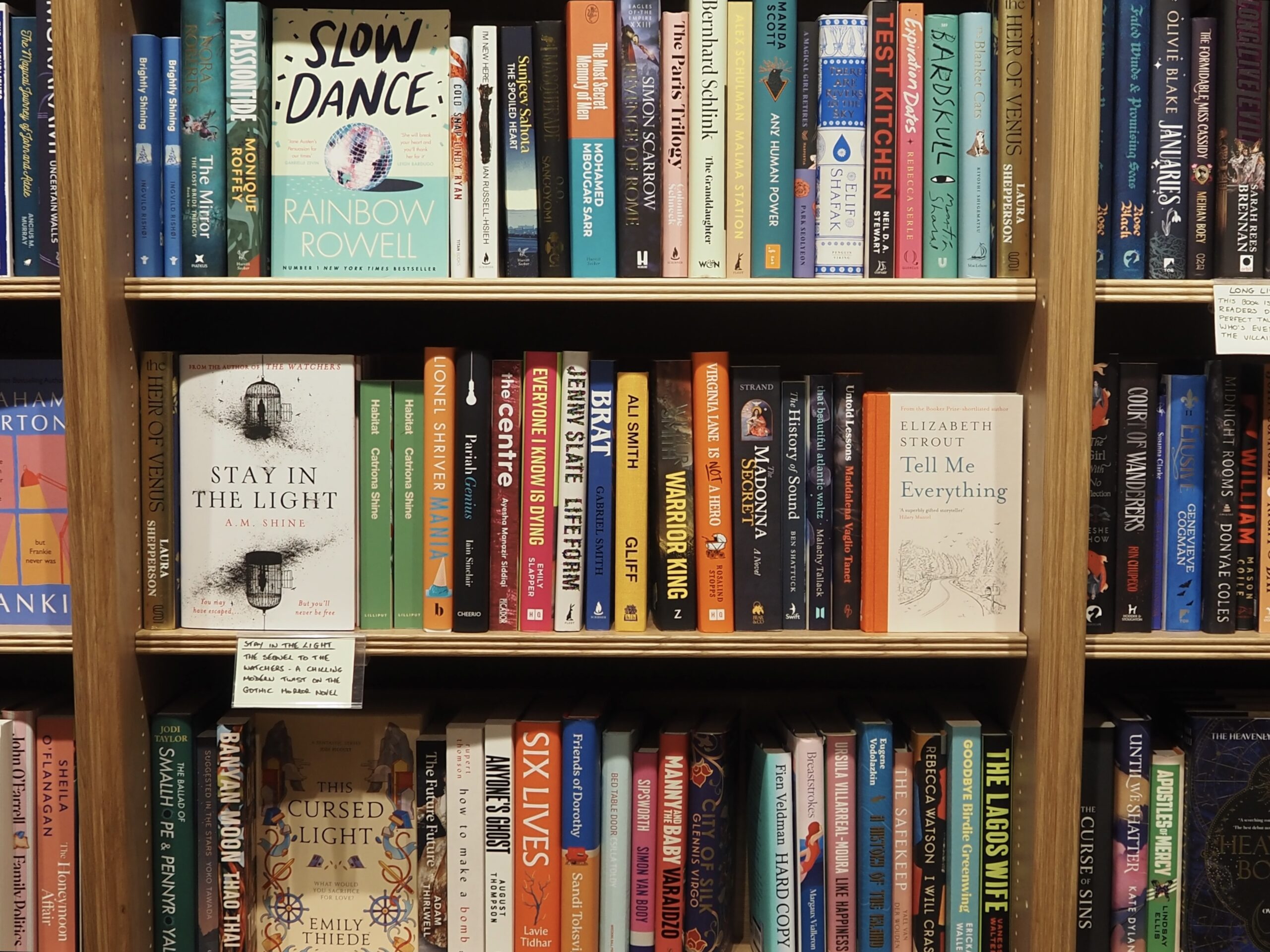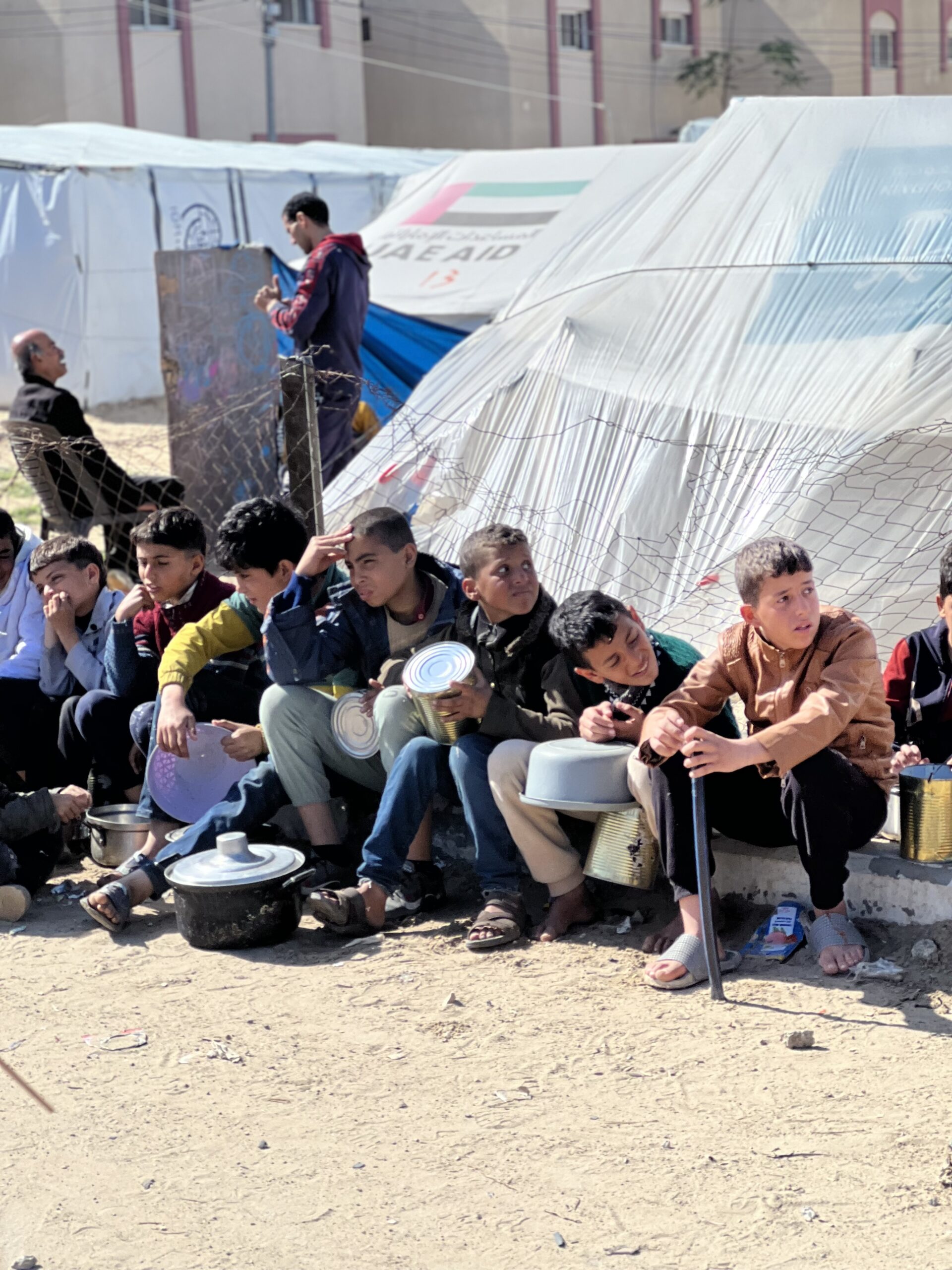Set up to provide answers to questions surrounding Trinity’s imperial past, with the eventual goal to publish a book, the Colonial Legacies Project has recently published its first audit. Halfway through the two-year endeavour, it’s clear that the connections to imperial activity run across the full breadth of the College. Prof Jane Ohlmeyer, Erasmus Smith’s Professor of Modern History at Trinity, says that the project will only scratch the surface, but “will provide a roadmap for future research into Trinity’s colonial legacies.”
The project report states that not only was Trinity an “exporter of colonial ideologies and servants” to India, Africa and East Asia, but it was also a major instrument and beneficiary of the oppression and land confiscations of Ireland from foundation. Trinity owned close to 190,000 acres, or just over one per cent of Ireland’s land mass and profited from this until the 20th century.
The project aims to address this resurfaced history in a holistic way, through a combination of research and public engagement. Confronting the magnitude of such links not only demands drawing a factual map of Trinity’s colonial links, but also engaging in a process of self reflection.
The work of the project aims to do this by investigating Trinity’s commemorative practices and connections to empire via slavery, curriculum and museum and library collections. Dr Ciaran O’Neill and Dr Patrick Walsh are the co-leads on the project, with O’Neill stating that the project can be viewed as “an institutional response” to “student interest in the issue of George Berkeley … the energy created in the wake of Black Lives Matter” and telling “the wider story” of the College’s links to colonialism over the last 430 years.
The guiding principles for the project include transparency, with a concern that this project be public facing and guided by a commitment to engage with key stakeholders. The scope of the project is also notable, one of investigating Trinity as an instrument of colonialism within Ireland and the wider British empire.
We don’t want our word to be the final word … we’re trying to insist that this is the beginning of something, not the end
The fact that this project is informed by an awareness of Trinity’s ties to race and racism is also notable, but the research project is not primarily about these ties. The fact that this is fundamentally a historical research project with wider implications, however, is such that the findings may inform future College policies about collections management, decolonisation and restitution.
The project has started conversations with departments within Trinity and scholars working on similar projects elsewhere, namely Stephen Mullen at Glasgow University who has so far published two projects concerning Glasgow University’s links to slavery, amongst many other articles and books. Through archival research an audit of commemorative practices has been established as well as some connections to empire and slavery. So far, the project has identified connections with the Schools of Medicine, Divinity, Engineering and Law.
The project has also received interest from outside the College in the shape of a potential documentary about the anatomy collections by Dearcadh films and engagement from the Royal Irish Academy (RIA) to trace their own colonial connections. The RIA states that it is “liaising” with the project ‘to explore the possibility of sharing historical membership data in order to identify individuals with potential links to colonial properties and slavery’.
Looking into the specific links Trinity has to colonialism, the project begins with stating some of the bequests to the College. Some of these are borne out of the land confiscations and attempts by Britain to replace Catholicism in Ireland, namely Dr Downe’s and Bishop Forster’s Divinity Premiums, with the latter being exclusively applied “for the purpose of encouraging the study of Theology”. These were linked to Trinity church, a member of the Church of Ireland, which is an extension of the Anglican Communion.
The Reformation of Ireland, begun by Henry VIII in the 16th century, aimed to transform the religious life and institutions that were under Papal supremacy. By the time of James I, the early 17th century, Ireland had seesawed between Protestantism and Catholicism as the state religions, and the efforts by the Church of Ireland to convert Roman Catholics were becoming more limited. It is instead thought that the motivations were more economic, by transferring wealth to Protestant hands by only persuading property owners to convert.
Trinity’s James Ussher was the Archbishop of Armagh, the head of the Church of Ireland. Amongst other actions, he made a judgement on Catholicism that it is “superstitious and idolatrous … erroneous and heretical” and expressed that the “consent that they may freely exercise their religion … is a grievous sin”. He also wanted to fine those that refused to attend Church of Ireland services and tried to prevent the foundation of the first theatre in Ireland, the Werburgh Street Theatre, due to the typical Puritan resistance to the stage at this time. O’Neill adds: “You can’t talk about the colonisation of Ireland without bringing in questions of the religious mission … for most of its history Trinity regards that as perfectly acceptable behaviour.”
We hope to do a lot of public engagement work in the second year
This anglicisation extended overseas also. Berkeley ultimately failed in his “Bermuda Scheme”, but he did describe it as an effort of “converting the savage Americans to Christianity by a college to be erected in the Summer Islands”. It is also reported that Berkeley himself enslaved three people, naming them Philip, Anthony and Agnes Berkeley. A renowned philosopher honoured in the College monetary prizes for students of Ancient Greek language, the Berkeley library was not only named after him but he was also honoured in the naming of the University of California, Berkeley and the city of Berkeley, California. The particular focus of this investigation into commemorative practices is stated as “accounting for decisions made for commemoration which continue today in the form of prizes, memorials, and named entities”.
O’Neill explains that “what we have to do is say why [it] was named after [someone] in the first place, why this person’s profile has been reinterpreted in the last few years, why these legacies are now somehow more controversial” than the time at which commemoration took place. “What we have the power to do is raise up very difficult questions … and what we really see ourselves doing is prompting and stimulating those debates and engaging in critical conversation.”
Ohlmeyer presents a similar view, saying that “Trinity should be leading this conversation … working in partnership with other universities … and cultural institutions. These are difficult questions, but we have to start looking at our own history”.
Other connections to slavery, according to the report, “generate questions over familial intergenerational slave-based wealth distribution”. In essence, this part of the research is trying to understand how Trinity has benefitted monetarily from or produced peoples that have benefited monetarily from the slave trade. The standout figure is perhaps Robert Delap, a graduate of 1774, who went on to enslave 346 people on a Jamaican plantation with a recorded value of £22,600, which today would be over £3.5 million. “Trinity’s connections to the slave economy are mostly indirect”, says O’Neill. “There are very few donations that we have found that are directly from slave owners … and Ireland accounts for about three per cent of the slave owners in the British Empire, who spent most of their money in England… [it was] the major confiscation of land that sustained Trinity in its early centuries taken from Ireland, and Irish people … that is the major work of this project.”
Trinity also “prepared students for admittance into East Indian Company service from 1856”. This involved funding of oriental languages and studying Indian law and history and would end up with students of Trinity contributing to the rule of the British Raj in India, a time when India experienced some of its worst famines, some of the worst ever experienced anywhere in recorded history. There is also ongoing debate on the economic impact of the British Raj, but there is no doubt that the British depleted food stocks and imposed taxes that not only caused the aforementioned famines but may also have done lasting damage that has left India with many of the socio-economic problems which it has today. In the 18th century, Edmund Burke, whose statue currently resides outside Trinity’s Front Gate, was a harsh critic of the East India Company, saying that it had ruined the Indian economy and society.
It should be noted that Burke was also an outspoken critic of the slave trade, wanting to ban slaveowners from sitting in the house of commons due to slavery going against notions of “British liberty”. However, he did also believe that African Americans were “barbaric” and needed to be “civilised” by Christianity and he was a member of the Church of Ireland. O’Neill explains that “Burke is a good example of treating all these individuals as being situated on some kind of spectrum, rather than them being categorically good or bad, and it is our job to make people aware of where they sit on this spectrum. With Burke, yes, he was an abolitionist and criticised the East India Company, however he was “selectively” silent on the Caribbean”.
You can’t talk about the colonisation of Ireland without bringing in questions of the religious mission … for most of its history Trinity regards that as perfectly acceptable behaviour
As O’Neill explains, Burke “knew plenty of people that had elaborate connections to the plantation economy there … We still sell the brand of Burke … they’re still the building blocks of our intellectual fame.” The resonance of this connection should not be understated. O’Neill says that he “would expect every student and staff member to want to know and be able to appraise what that legacy stands for and whether it’s something that you could continue to want to say represents us”.
Trinity also holds numerous departmental historical collections, the most controversial of which may be the holdings of the Anatomy Museum in the School of Medicine. The project is going to be examining this soon and opening conversations about the items within with Departmental heads, but at the same time, O’Neill says, “we’re also not qualified to say what to do with 200-year-old human remains”.
Dr Mobeen Hussain, a postdoctoral research Fellow working on the project, has spent a lot of time consulting the archives so far. She consults the College calendars – which exist as far back as 1833 – and says that they contain a lot of useful information on the workings of the departments; what the focus of their teaching is, what objects have been donated to them and where their benefactions have come from. Before 1833, there are Board meeting minutes to search through and College muniments – legal documents detailing ownership of assets. There is a lot to work through and the two-year postdoctoral fellowship is not enough time to cover it all. However, Hussain says that “there are obvious places to look and sources to consult which need to be researched more systemically”, as well as at times “to let the archive direct you”, for example through footnotes, as you connect the dots and form a picture.
In grappling with the vast depth and scope of research emerging from this project, determining the next steps to take will be pivotal.
O’Neill says that “we hope to do a lot of public engagement work in the second year” or the next 12 months, in order “to engage the college community with aspects of their history that are underappreciated”.
The project does not have “jurisdiction” over any of the departments at Trinity, in which some controversial collections may be held, or commemorative practices, but, for O’Neill, “the question is whether we pressure the Provost or Board, whether the student body pressures them or whether external factors pressure them. In reality it’s going to be a mix of all three.”
“The number one thing for us is we don’t want our word to be the final word … we’re trying to insist that this is the beginning of something, not the end.”







